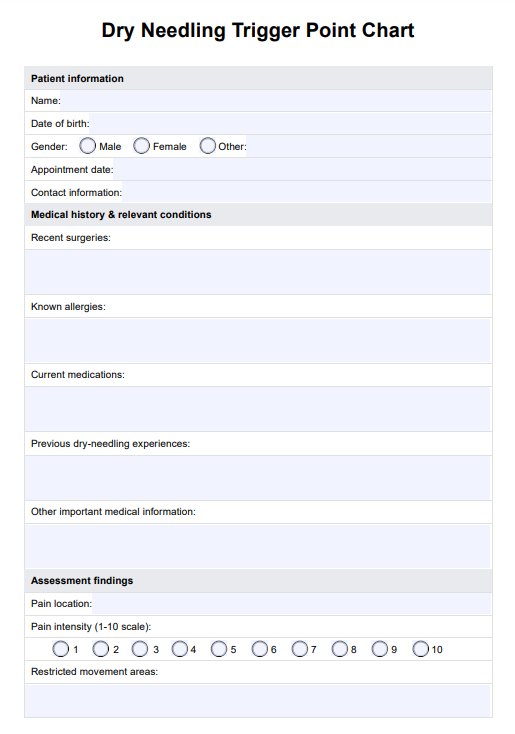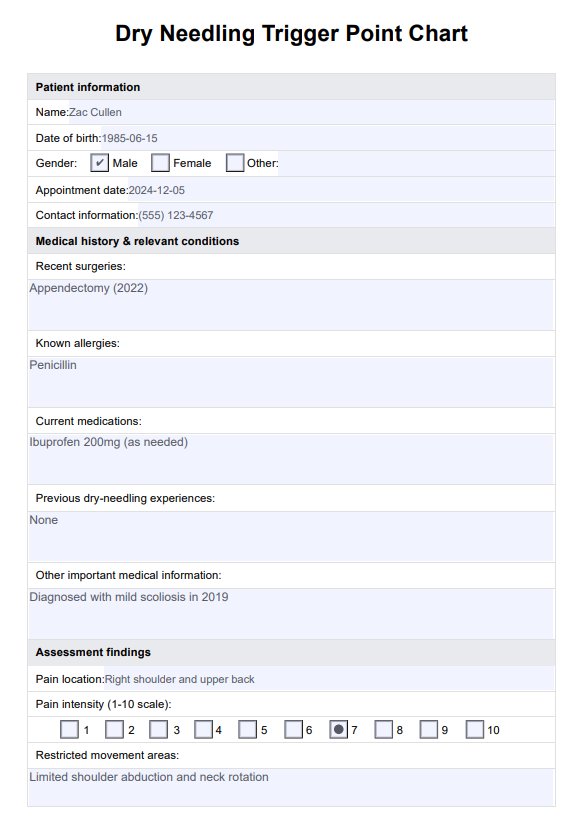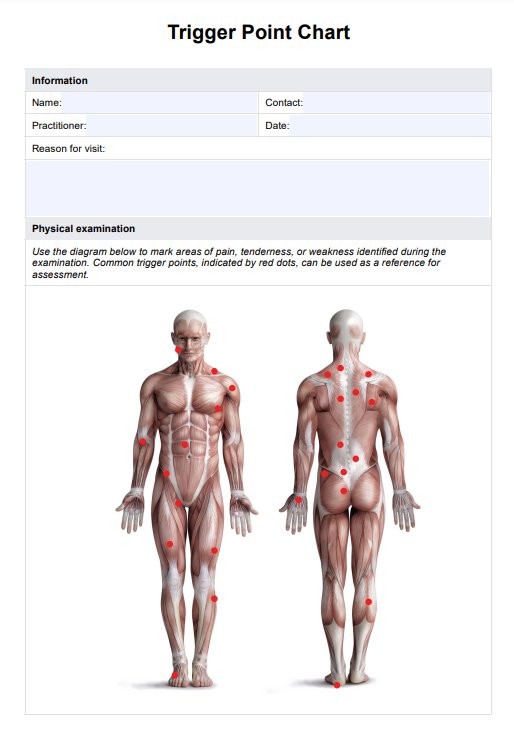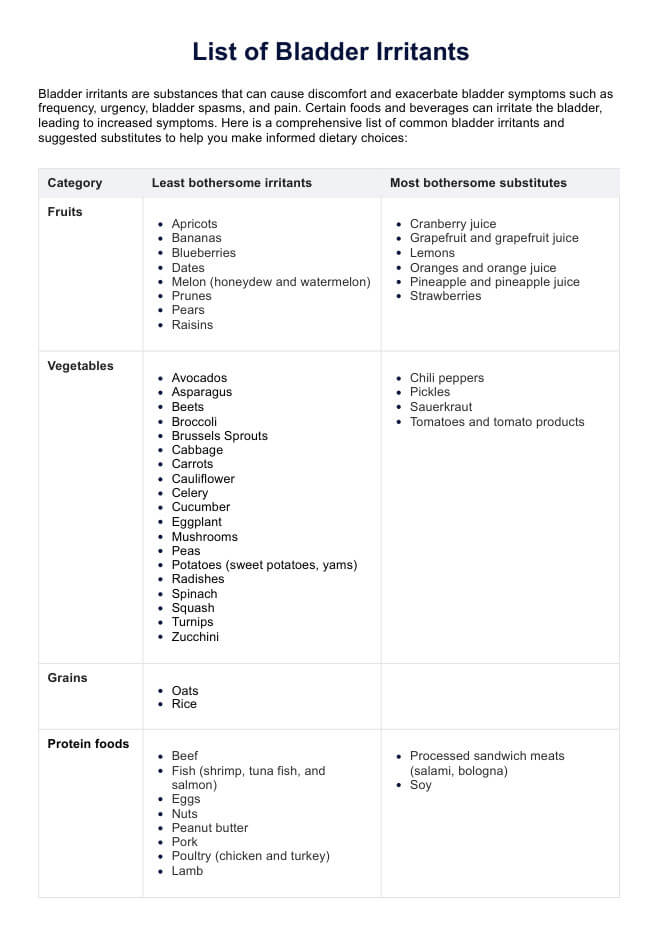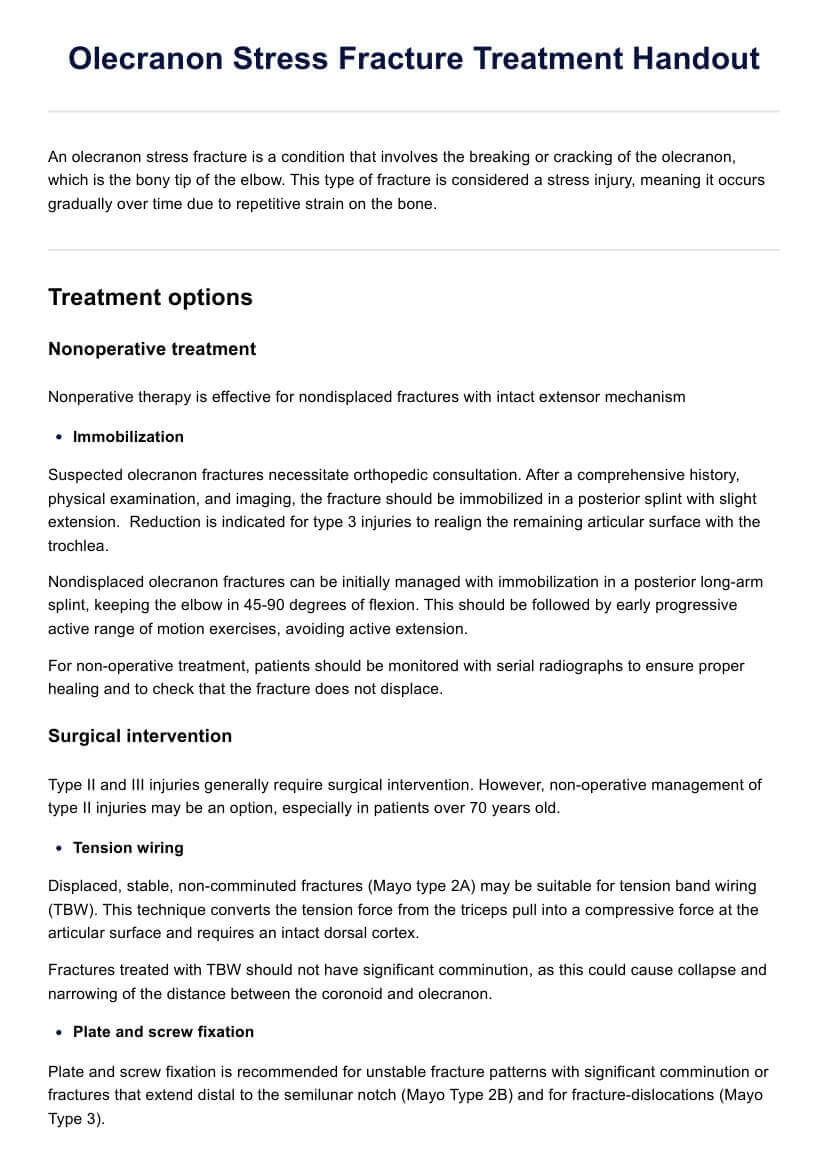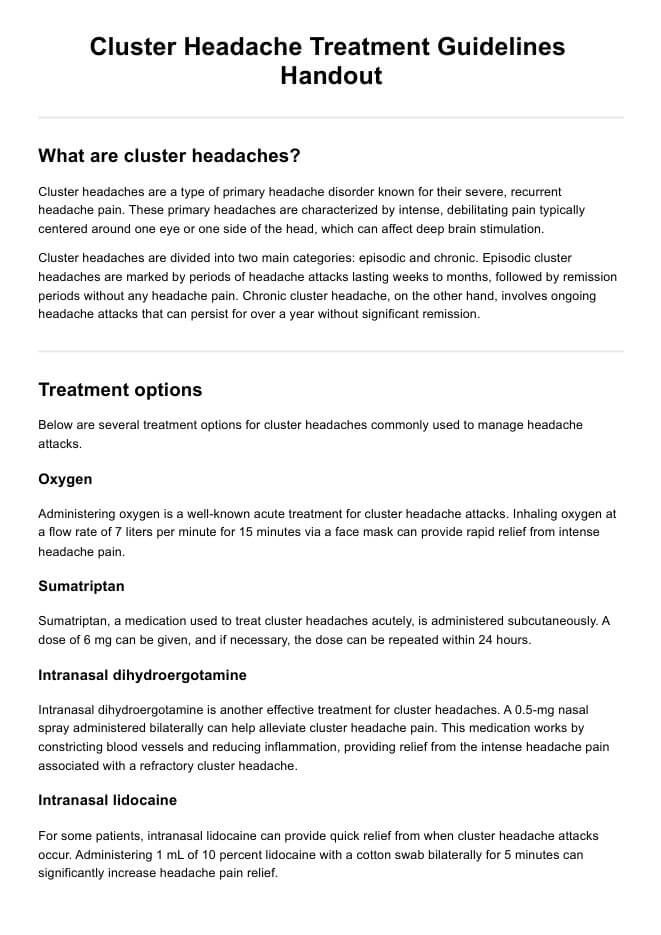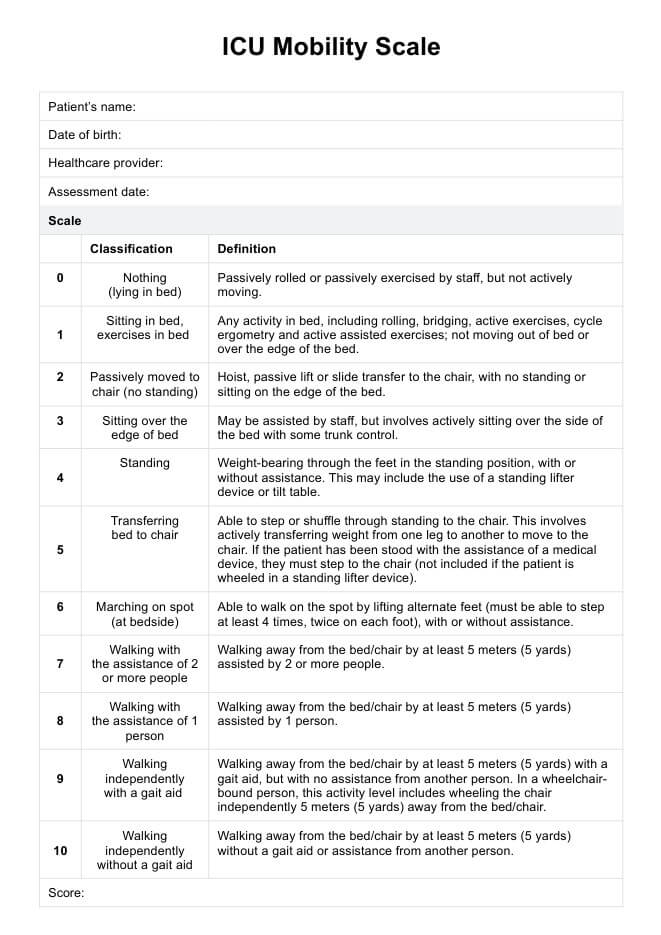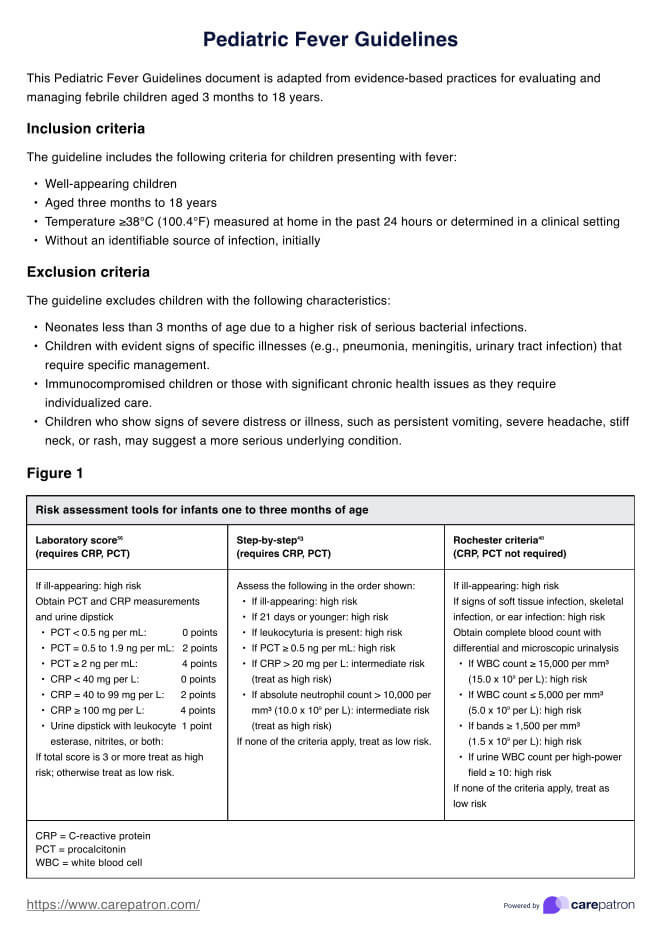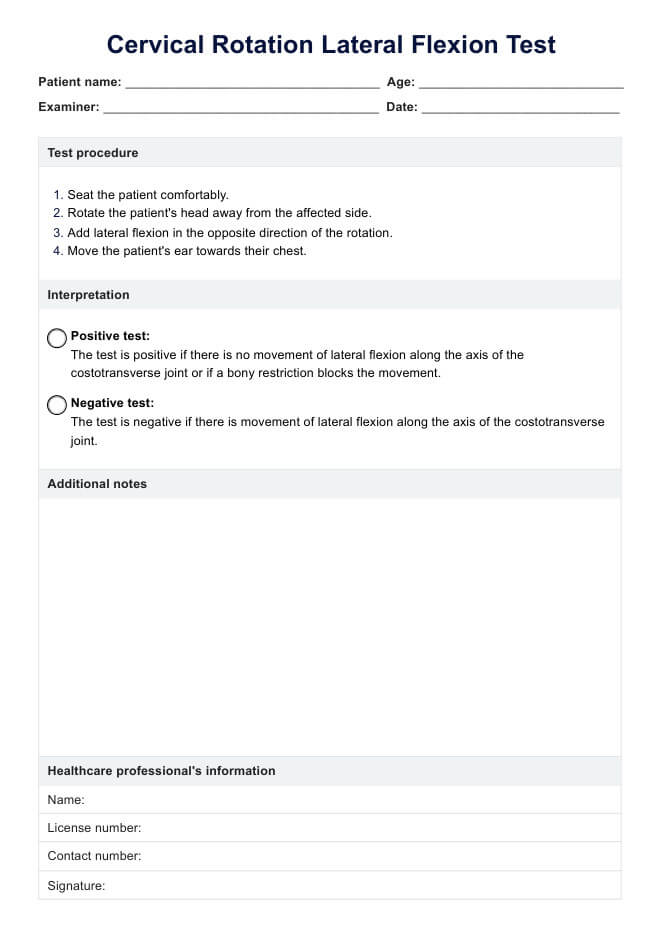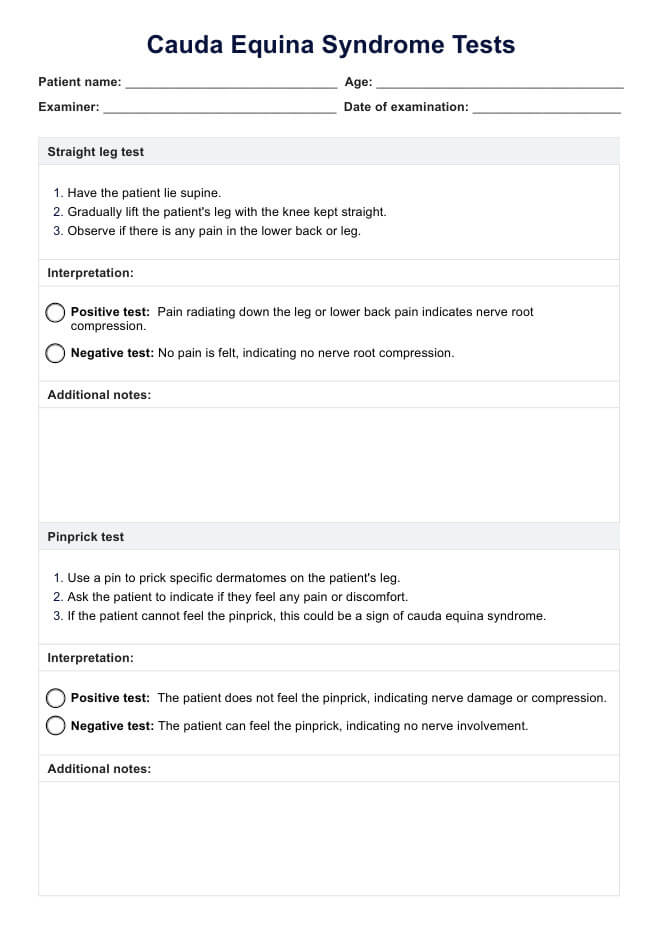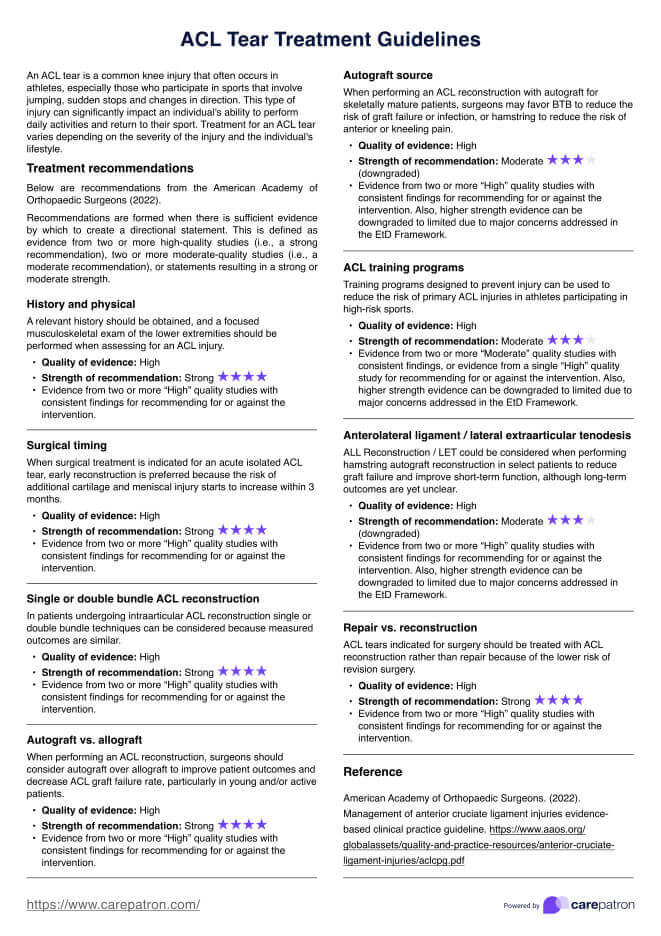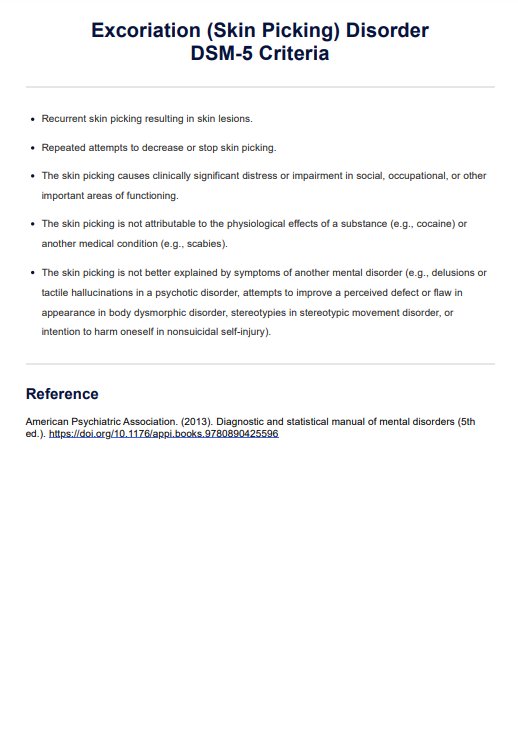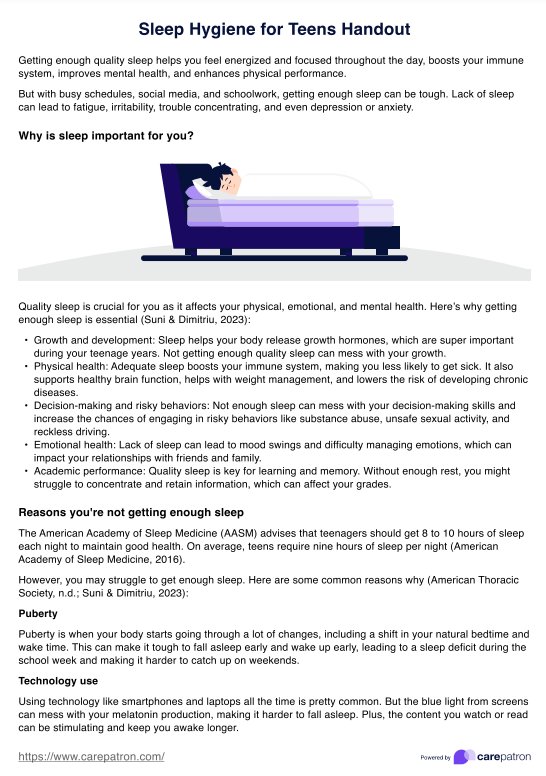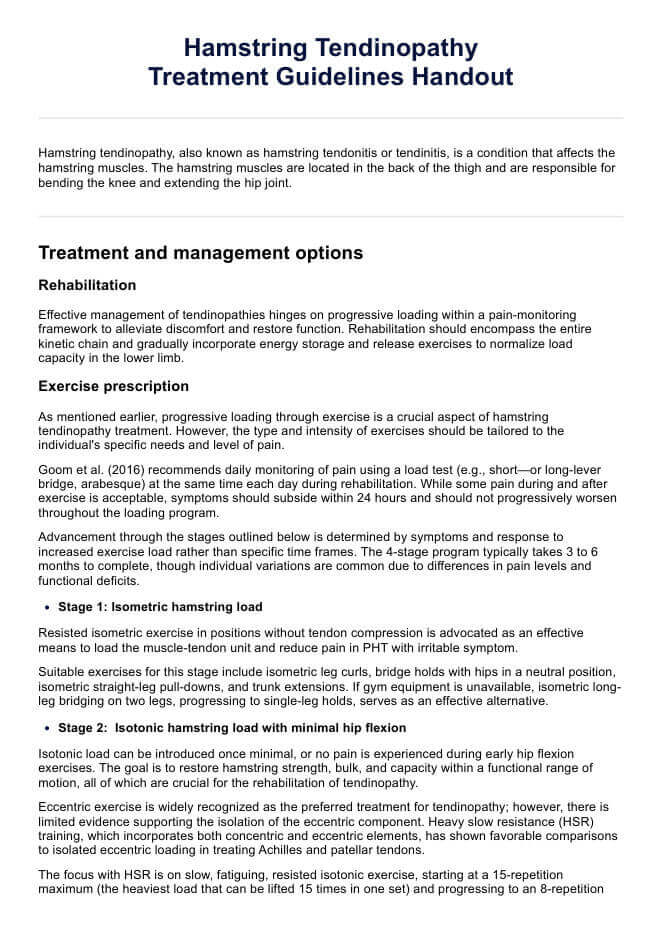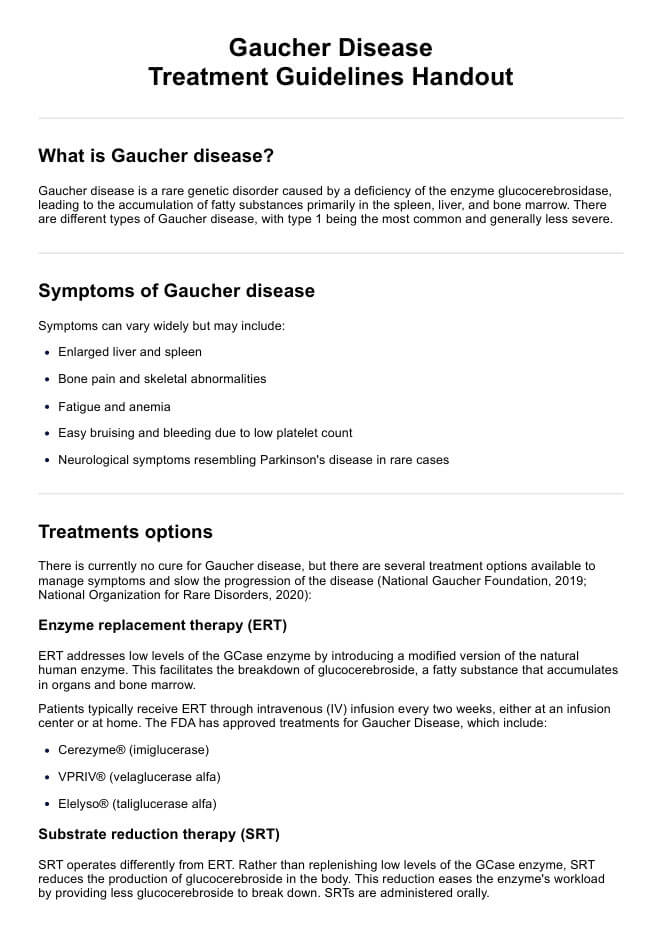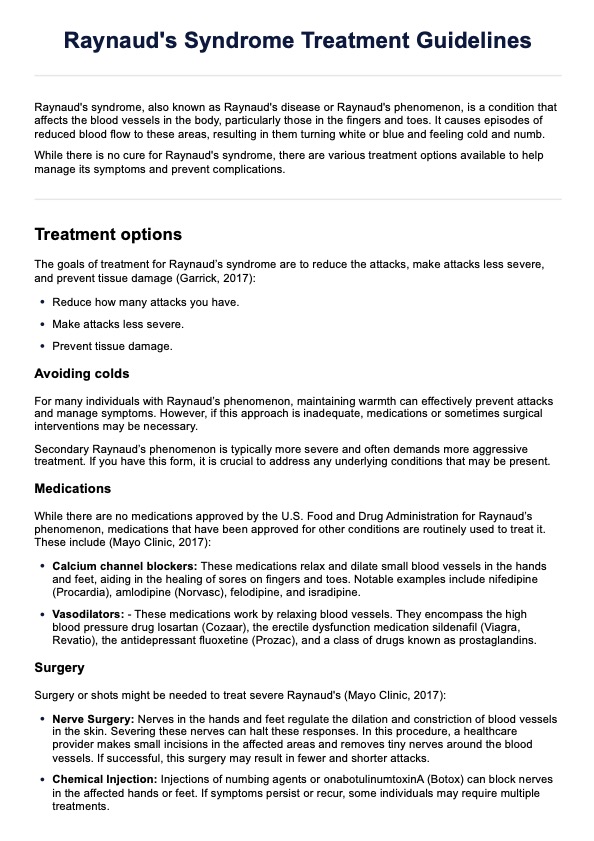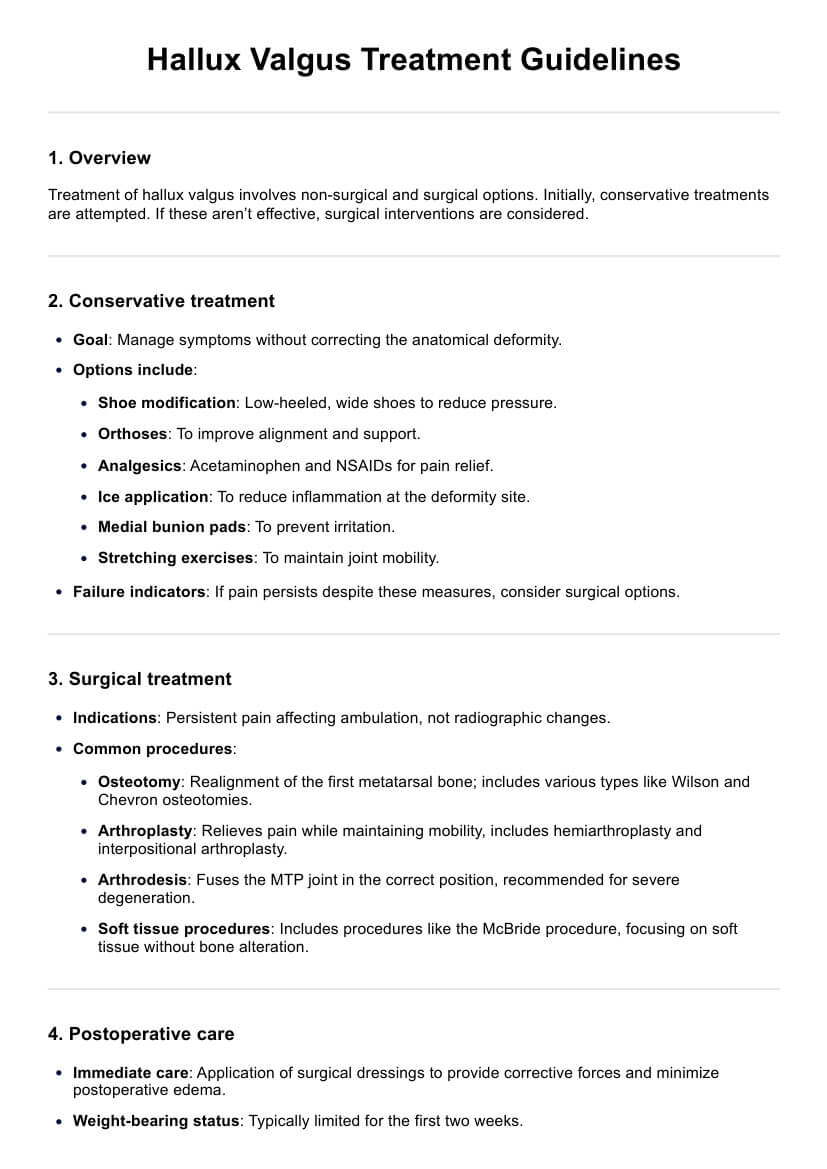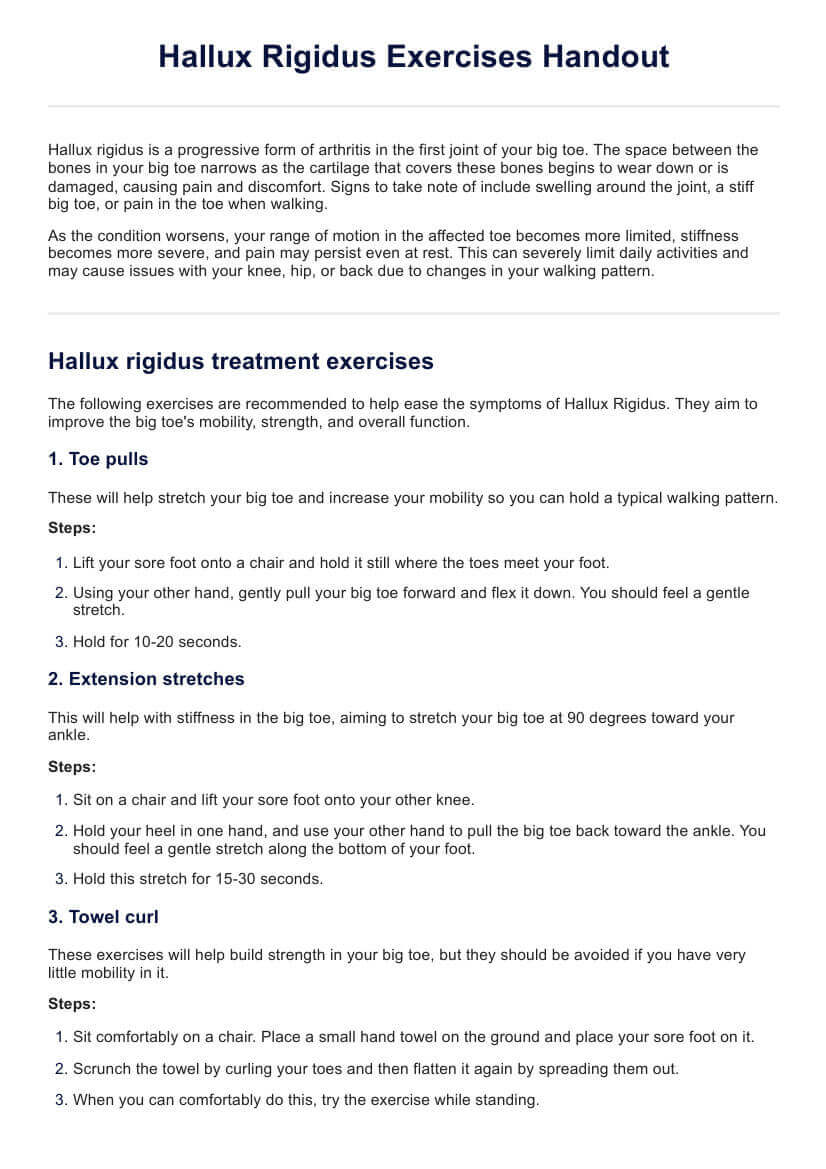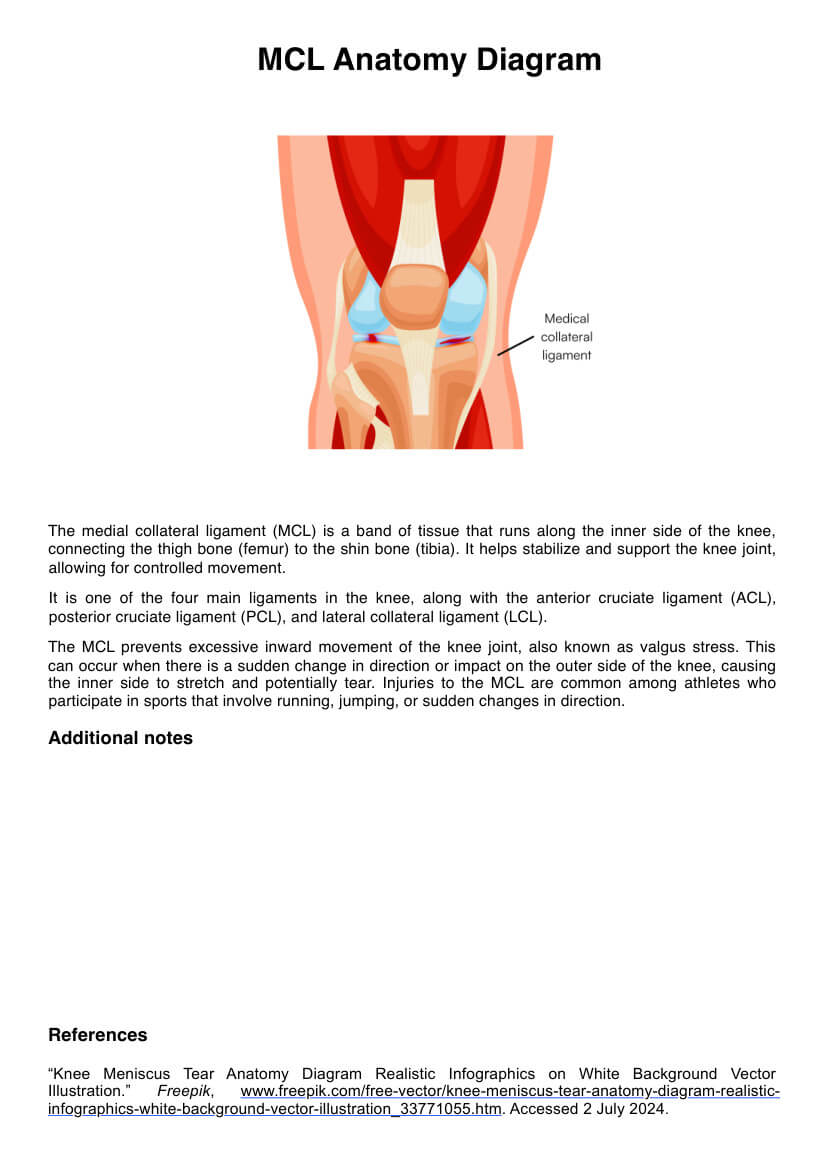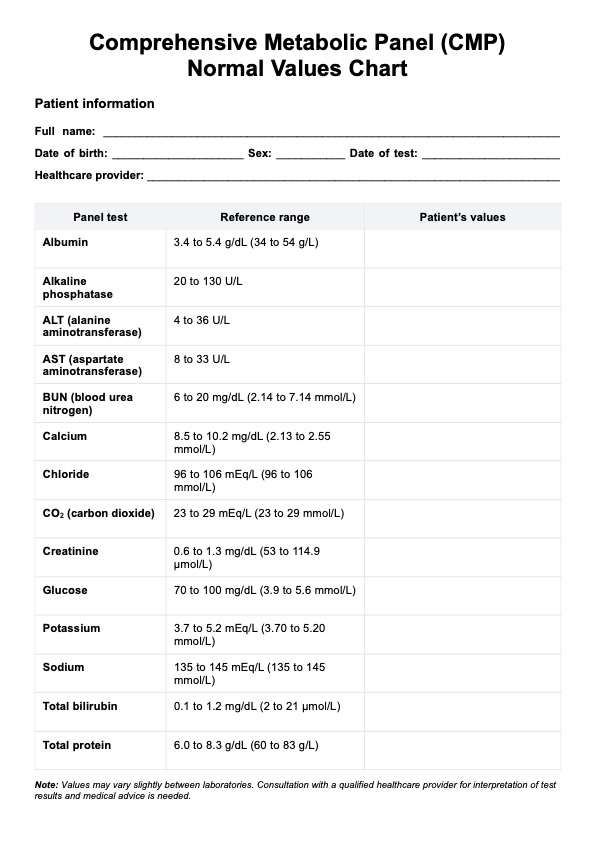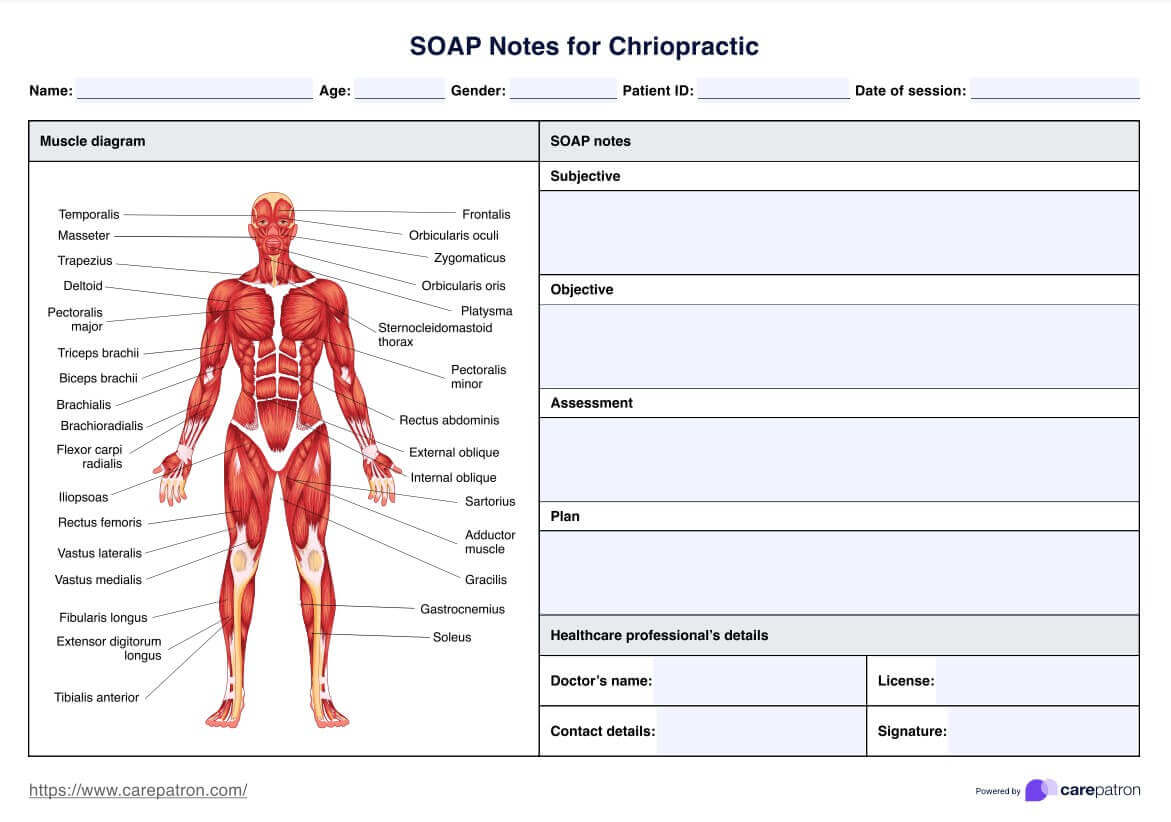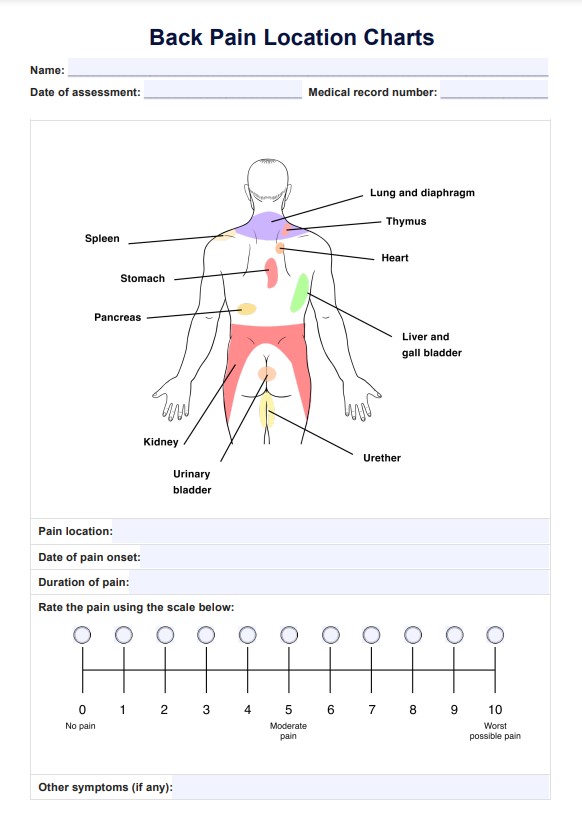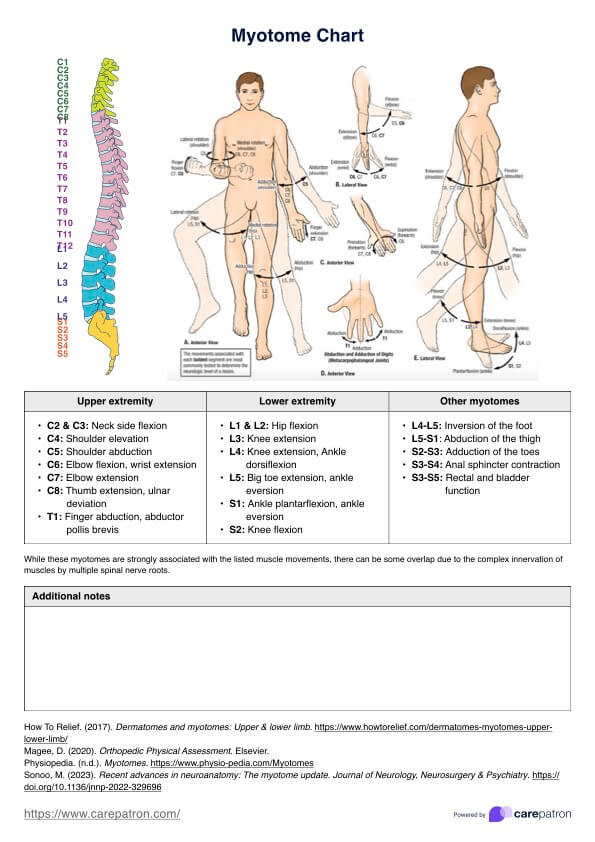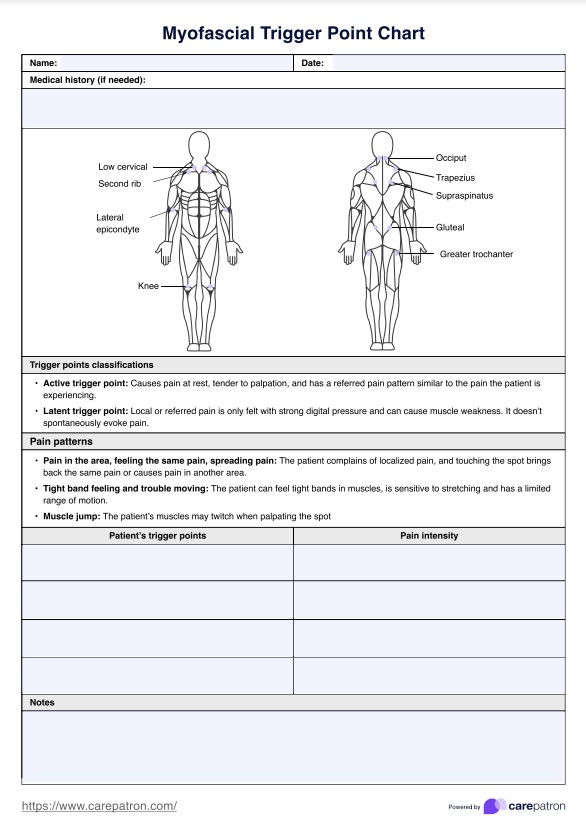Dry Needling Trigger Point Charts
Explore the Dry Needling Trigger Point Chart with Carepatron, a comprehensive tool for precise trigger point targeting and optimal patient care.


What is a Dry Needling Trigger Point Chart?
The Dry Needling Trigger Point Chart is an invaluable tool for healthcare professionals such as physiotherapists, chiropractors, and rehabilitation specialists. It provides a precise visual guide to trigger points within muscles, aiding in the effective application of dry needling techniques. These charts enhance the accuracy of interventions, which is critical for targeting myofascial pain and improving musculoskeletal function.
Dry needling involves inserting thin needles into specific myofascial trigger points to alleviate pain and improve physical functioning. According to evidence from a comprehensive review (Chys et al., 2023), dry needling is effective for short-term pain relief across various body regions and can complement other therapeutic modalities. However, its long-term effectiveness and superiority over other treatments remain areas of ongoing research.
By utilizing the Trigger Point Chart, practitioners can:
- Improve precision: Accurately identify trigger points, particularly in patients with complex musculoskeletal pain disorders, ensuring targeted and effective treatment.
- Enhance treatment outcomes: Optimize results by combining dry needling with complementary therapies such as physiotherapy, stretching, or exercise rehabilitation.
- Facilitate patient understanding: Educate patients on their treatment plan, promoting collaboration, trust, and an improved therapeutic relationship.
The chart is especially valuable for managing conditions like myofascial pain syndrome, where precise and focused interventions are essential for alleviating localized and referred pain effectively.
Dry Needling Trigger Point Charts Template
Dry Needling Trigger Point Charts Example
How does the Dry Needling Trigger Point Chart work?
The Dry Needling Trigger Point Chart is a valuable resource designed to support healthcare professionals in identifying and treating myofascial trigger points with accuracy and confidence. Below are the steps to use the template effectively:
Step 1: Access the printable template
Begin by downloading the Dry Needling Trigger Point Chart. Click the "Use template" button for a copy you can edit via the Carepatron app. For a PDF copy, choose "Download."
Step 2: Assess the patient and identify the target area
During the patient’s appointment, thoroughly review their reported pain locations, medical history, and assessment findings. Use palpation techniques to identify areas of tenderness and muscle tightness. You can identify these trigger points on diagrams provided in the chart. This visual aid will serve as a reference throughout the treatment session.
Step 3: Document key findings
Record your observations under the Assessment Findings section. Note the pain intensity, restricted movement areas, and identified trigger points. Be as specific as possible, as this information will guide your treatment approach and allow for accurate progress tracking.
Step 4: Plan and perform the dry needling procedure
Using the marked trigger points and documented findings, develop a treatment plan tailored to the patient’s needs. During the dry needling session, follow safety protocols and ensure patient comfort. You may reference the Trigger Point Chart to verify the targeted areas and refine your approach.
Step 5: Add post-treatment notes
After the procedure, document the outcomes in the Notes section of the chart. Include any immediate changes in pain intensity or movement, as well as the patient’s feedback. This information will be critical for follow-up appointments and adjusting the treatment plan as needed.
Benefits of using a Dry Needling Trigger Point Chart
Here are the benefits of using Carepatron's free Dry Needling Trigger Point Chart:
Precision in practice
By referencing the Dry Needling Trigger Point Charts, practitioners ensure they target the exact trigger points during dry needling procedures, minimizing potential risks and enhancing therapeutic outcomes.
Empowering patient education
The Dry Needling Trigger Point Chart serves as a tool for professionals and an informative visual guide for patients. By understanding the source of their pain, patients become more engaged in their treatment, fostering a collaborative healing process.
Optimized therapeutic sessions
With a clear anatomical roadmap, practitioners can design and implement more effective and tailored dry-needling sessions, ensuring patients receive the best care. The fillable parts of the chart also streamline clinical documentation during dry needling sessions.
Unparalleled accessibility
The availability of our free Dry Needling Trigger Point Chart means that professionals, regardless of their practice's size or budget, can easily access, download, and integrate this valuable tool, enhancing the overall quality of their service.
Reference
Chys, M., De Meulemeester, K., De Greef, I., Murillo, C., Kindt, W., Kouzouz, Y., Lescroart, B., & Cagnie, B. (2023). Clinical Effectiveness of Dry Needling in Patients with Musculoskeletal Pain-An Umbrella Review. Journal of clinical medicine, 12(3), 1205. https://doi.org/10.3390/jcm12031205
Commonly asked questions
The Dry Needling Trigger Point Chart is a valuable resource that helps practitioners accurately locate and treat muscle trigger points. It highlights muscle knots and their associated pain patterns, such as neck pain or referred pain in the legs or head, enabling targeted and effective treatment.
The Dry Needling Trigger Point Chart is commonly used by physical therapists, physicians, and other healthcare professionals trained in trigger point dry needling. It serves as a visual reference to identify trigger points across different muscles and areas of the body, such as the neck, leg, or head.
Trigger point dry needling should be considered for pain treatment when patients experience persistent or chronic muscle tension that hasn’t improved with other interventions such as stretching, massage, or physical therapy. This technique targets tight muscle fibers and knots, helping to relieve pain by improving blood flow and reducing muscle tension. Using tools like the dry needling diagram, healthcare providers can accurately identify trigger points and enhance treatment precision.


